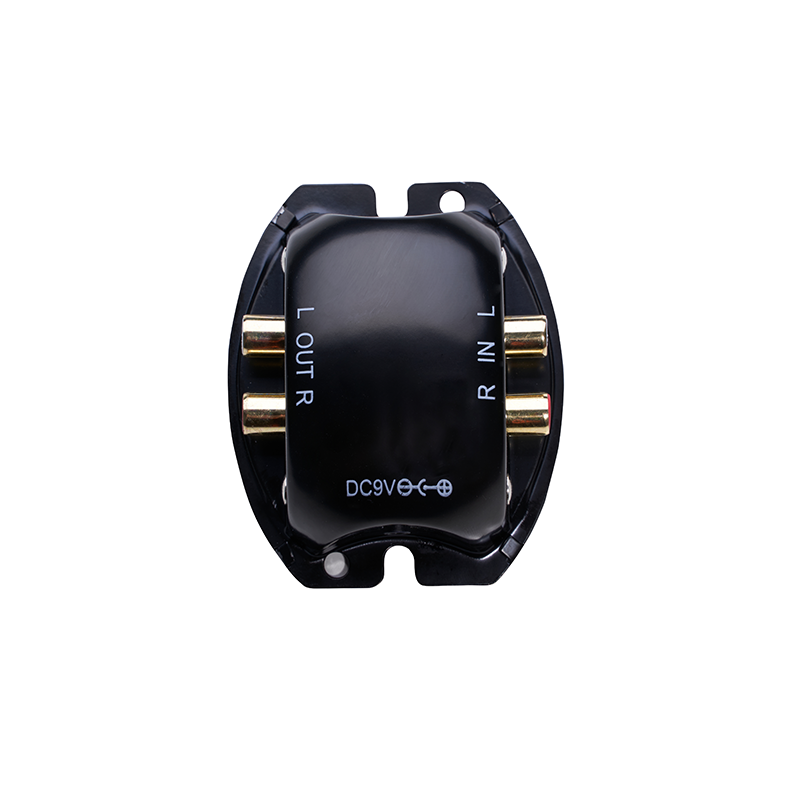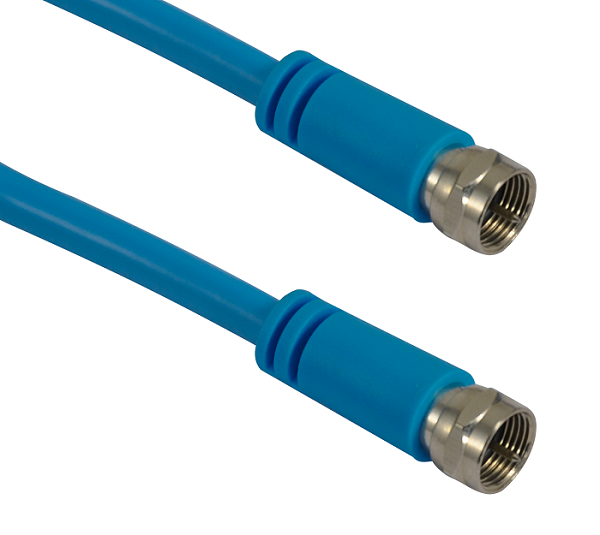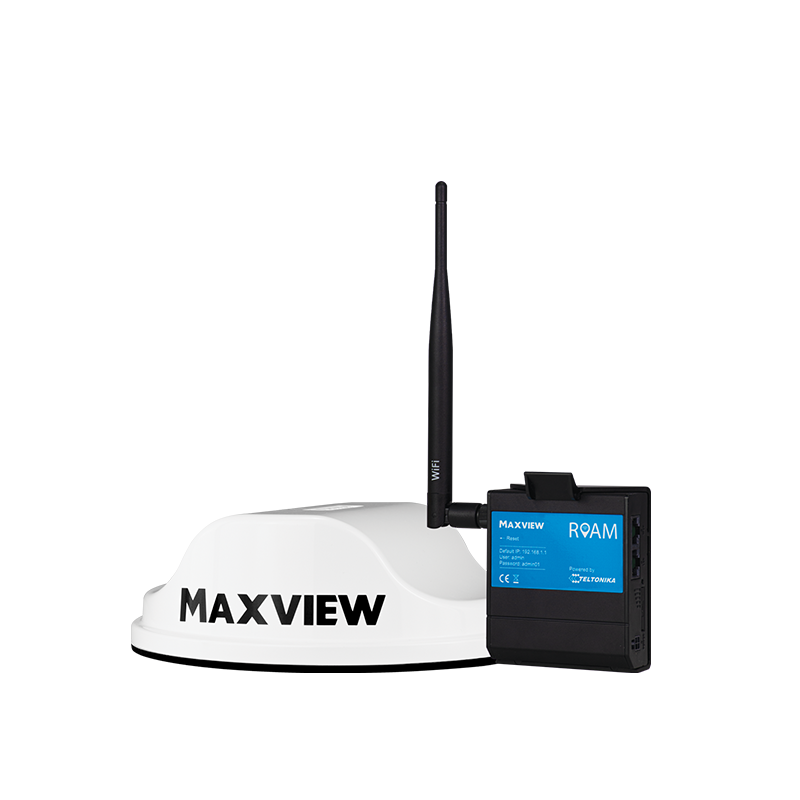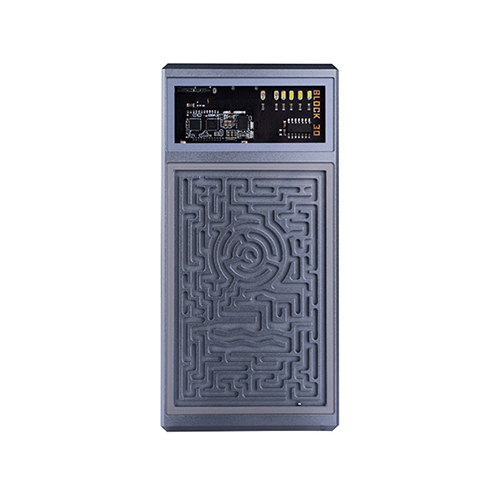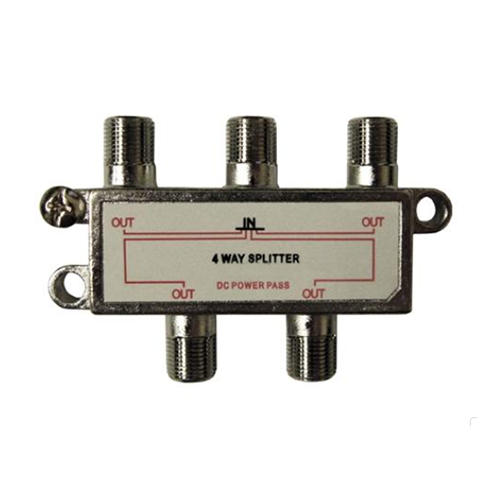Ukujonga ngokubanzi intambo yeCoaxial
The intambo ye-cooxialuses hard copper wire as the core and a layer of insulating material. This layer of insulating material is surrounded by a densely woven mesh conductor, and the net is covered with a layer of protective material. There are two widely used intambo ye-coaxials. One is a 50-ohm cnako, which is used for digital transmission, and is also called baseband intambo ye-cooxialbecause it is mostly used for baseband transmission; the other is a 75-ohm cnako, which is used for analog transmission, which is the broadband intambo ye-cooxialto be discussed in the next section. This difference is caused by historical reasons, not technical reasons or manufacturers.
This structure of intambo ye-cooxialmakes it have high bandwidth and excellent noise suppression characteristics. The bandwidth of a intambo ye-cooxialdepends on the cnako length. A 1km cnako can reach a data transmission rate of 1Gb/s~2Gb/s. Longer cnakos can also be used, but the transmission rate should be reduced or intermediate amplifiers should be used. Currently, intambo ye-coaxials are largely replaced by optical fibers, but they are still widely used in cnako television and some local area networks.
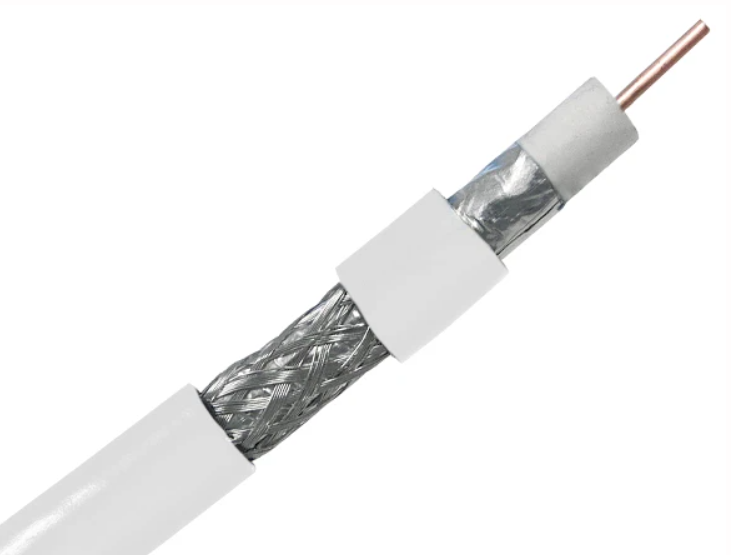
A intambo ye-cooxialsystem that uses a limited TV cnako for analog signal transmission is called a broadband intambo ye-coaxial. The term "broadband" comes from the telephone industry and refers to a frequency band wider than 4kHz. However, in computer networks, "broadband cnako" refers to any cnako network that uses analog signals for transmission.
Because the broadband network uses standard cnako television technology, the usnako frequency band is up to 300MHz (often to 450MHz); due to the use of analog signals, an electronic device needs to be placed at the interface to convert the bit stream entering the network into an analog signal, and Convert the signal output from the network into a bit stream.
Broadband systems are divided into multiple channels, and TV broadcasting usually occupies 6MHz channels. Each channel can be used for analog TV, CD quality sound (1.4Mb/s) or 3Mb/s digital bit stream. TV and data can be mixed on a single cnako.
A major difference between a broadband system and a baseband system is that because the broadband system covers a wide area, it requires an analog amplifier to periodically strengthen the signal. These amplifiers can only transmit signals in one direction. Therefore, if there are amplifiers between computers, packet packets cannot be transmitted backwards between computers. To solve this problem, two types of broadband systems have been developed: dual-cnako systems and single-cnako systems.
1) Dual cnako system
A dual cnako system has two identical cnakos laid side by side. In order to transmit data, the computer transmits the data through the cnako 1 to a device at several roots of the cnako, that is, the head-end, and then the head-end transmits the signal down the cnako through the cnako 2. All computers send via cnako 1 and receive via cnako 2.
2) Single cnako system
Another solution is to allocate different frequency bands for internal and external communications on each cnako. The low frequency band is used for communication from the computer to the top device, and the signal received by the top device is moved to the high frequency band and broadcast to the computer. In the subsplit system, the 5MHz~30MHz frequency band is used for inward communication, and the 40MHz~300MHz frequency band is used for outward communication. In the midsplit system, the inward frequency band is 5MHz~116MHz, and the outward frequency band is 168MHz~300MHz. This choice is caused by historical reasons.
3) Zininzi iindlela zokusebenzisa iinkqubo ze-broadband.
A dedicated permanent channel can be allocated between a pair of computers; other computers can apply to establish a temporary channel through the control channel, and then switch to the applied channel frequency; and all computers can share one or a group of channels. Technically speaking, broadband cnakos are worse than baseband (single channel) cnakos in sending digital data, but its advantage is that it has been widely installed.
 English
English  Esperanto
Esperanto  Afrikaans
Afrikaans  Català
Català  שפה עברית
שפה עברית  Cymraeg
Cymraeg  Galego
Galego  Latviešu
Latviešu  icelandic
icelandic  ייִדיש
ייִדיש  беларускі
беларускі  Hrvatski
Hrvatski  Kreyòl ayisyen
Kreyòl ayisyen  Shqiptar
Shqiptar  Malti
Malti  lugha ya Kiswahili
lugha ya Kiswahili  አማርኛ
አማርኛ  አማርኛ
አማርኛ  Bosanski
Bosanski  Frysk
Frysk  ភាសាខ្មែរ
ភាសាខ្មែរ  ქართული
ქართული  ગુજરાતી
ગુજરાતી  Hausa
Hausa  Кыргыз тили
Кыргыз тили  ಕನ್ನಡ
ಕನ್ನಡ  Corsa
Corsa  Kurdî
Kurdî  മലയാളം
മലയാളം  Maori
Maori  Монгол хэл
Монгол хэл  Hmong
Hmong  IsiXhosa
IsiXhosa  Zulu
Zulu  Lëtzebuergesch
Lëtzebuergesch  Malagasy
Malagasy  Punjabi
Punjabi  پښتو
پښتو  Chichewa
Chichewa  Samoa
Samoa  Sesotho
Sesotho  සිංහල
සිංහල  Gàidhlig
Gàidhlig  Cebuano
Cebuano  Somali
Somali  Тоҷикӣ
Тоҷикӣ  O'zbek
O'zbek  Hawaiian
Hawaiian  سنڌي
سنڌي  Shinra
Shinra  Shinra
Shinra  Հայերեն
Հայերեն  Igbo
Igbo  Sundanese
Sundanese  Yoruba
Yoruba  Español
Español  Português
Português  русский
русский  Français
Français  日本語
日本語  Deutsch
Deutsch  tiếng Việt
tiếng Việt  Italiano
Italiano  Nederlands
Nederlands  ภาษาไทย
ภาษาไทย  Polski
Polski  한국어
한국어  Svenska
Svenska  magyar
magyar  Malay
Malay  বাংলা ভাষার
বাংলা ভাষার  Dansk
Dansk  Suomi
Suomi  हिन्दी
हिन्दी  Pilipino
Pilipino  Türkçe
Türkçe  Gaeilge
Gaeilge  العربية
العربية  Indonesia
Indonesia  Norsk
Norsk  تمل
تمل  český
český  ελληνικά
ελληνικά  ελληνικά
ελληνικά  український
український  Javanese
Javanese  فارسی
فارسی  தமிழ்
தமிழ்  తెలుగు
తెలుగు  नेपाली
नेपाली  Burmese
Burmese  български
български  ລາວ
ລາວ  Latine
Latine  Қазақша
Қазақша  Euskal
Euskal  Az?rbaycan
Az?rbaycan  Slovensky jazyk
Slovensky jazyk  Македонски
Македонски  Lietuvos
Lietuvos  Eesti Keel
Eesti Keel  Română
Română  Slovenski
Slovenski  मराठी
मराठी  Srpski језик
Srpski језик 






